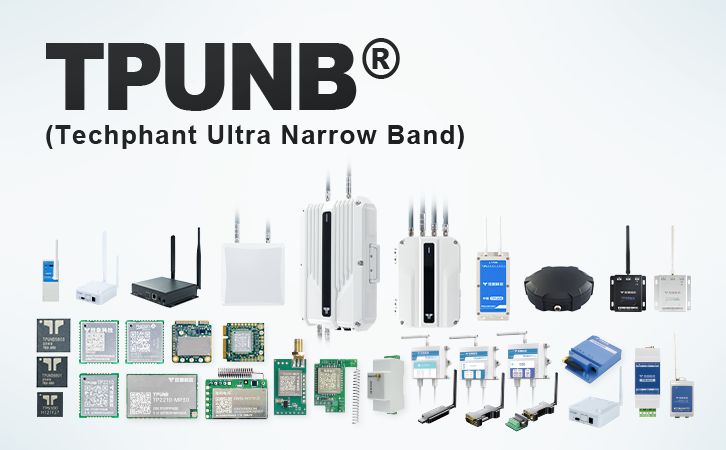The 2.4 GHz and sub-GHz frequency bands are both unlicensed Industrial, Scientific, and Medical (ISM) bands used in wireless communication, but they differ fundamentally in physical properties, performance characteristics, and application suitability. Below is a detailed analysis of their differences across seven key dimensions:
1. Frequency Range and Physical Properties

2.4 GHz:
Operates in the 2.4–2.5 GHz range (global ISM band) .
Shorter wavelengths (12.5 cm) limit obstacle penetration but support higher data rates .
Sub-GHz:
Frequencies < 1 GHz (e.g., 315 MHz, 433 MHz, 868 MHz, 915 MHz) .
Longer wavelengths (e.g., 69 cm at 433 MHz) enable better diffraction around obstacles (e.g., walls, trees) .
2. Transmission Distance
2.4 GHz:
Indoor range: ~75 m; Outdoor range: ≤150 m due to high path loss and interference .
Sub-GHz:
Indoor/Outdoor range: Up to 1.000+ meters (e.g., 29 km in open areas) due to lower free-space path loss and better diffraction .
3. Bandwidth and Data Rates
2.4 GHz:
High bandwidth: 100 MHz spectrum supports up to 600 Mbps (Wi-Fi 802.11n) .
Protocols: Wi-Fi (250+ Mbps), Bluetooth (1–3 Mbps), ZigBee (250 kbps) .
Sub-GHz:
Narrow bandwidth: Typically ≤1 MHz per channel, limiting data rates to 20–40 kbps (e.g., IEEE 802.15.4 sub-GHz) .
Low data throughput suited for sensor telemetry, not video streaming .
4. Interference and Congestion
2.4 GHz:
Extremely congested: Shared with Wi-Fi, Bluetooth, microwaves, and ZigBee, causing 87% packet loss for ZigBee in co-existence tests .
Only 3 non-overlapping channels (1. 6. 11) in most regions .
Sub-GHz:
Low interference: Fewer consumer devices operate here; optimized for low-duty-cycle links (e.g., smart meters) .
Region-specific bands (e.g., 868 MHz in Europe, 915 MHz in North America) reduce overlap .
5. Power Consumption
2.4 GHz:
High power draw: Wider receiver bandwidth and frequent retries due to interference drain batteries faster .
Sub-GHz:
Ultra-low power: Narrow bandwidth reduces thermal noise, improving receiver sensitivity. Enables 10+ years on coin-cell batteries .
6. Cost and Compatibility
2.4 GHz:
Lower chip cost: Economies of scale from Wi-Fi/Bluetooth standards .
Global compatibility: Single band simplifies cross-region deployment .
Sub-GHz:
Higher chip cost: Niche applications reduce production scale .
Regional fragmentation: Requires hardware variations for different bands (e.g., 868 MHz vs. 915 MHz) .
7. Typical Applications
| Use Case | 2.4 GHz | Sub-GHz |
|---|---|---|
| High Data Rate | Video streaming, gaming, file transfers | Not suitable (low bandwidth) |
| Long-Range/Low-Power | Limited (battery-intensive) | Smart meters, agricultural sensors, RKE |
| Dense Environments | Poor (interference-sensitive) | Ideal (penetrates walls/foliage) |
Conclusion: Key Trade-offs
Choose 2.4 GHz for:
High-speed data (Wi-Fi, Bluetooth) in compact spaces.
Cost-sensitive, globally compatible consumer electronics .
Choose Sub-GHz for:
Long-range, battery-operated IoT devices (e.g., smart agriculture).
Interference-prone industrial settings .
The choice hinges on range vs. data rate, power constraints, and operational environment. While 2.4 GHz dominates high-bandwidth applications, sub-GHz excels in reliability for low-data, long-distance deployments .

